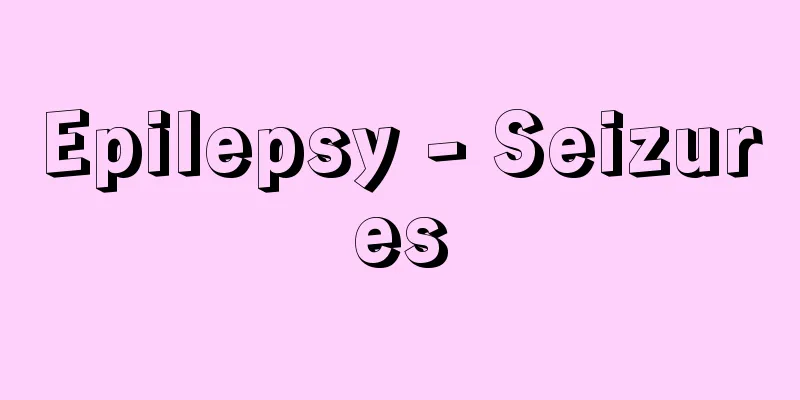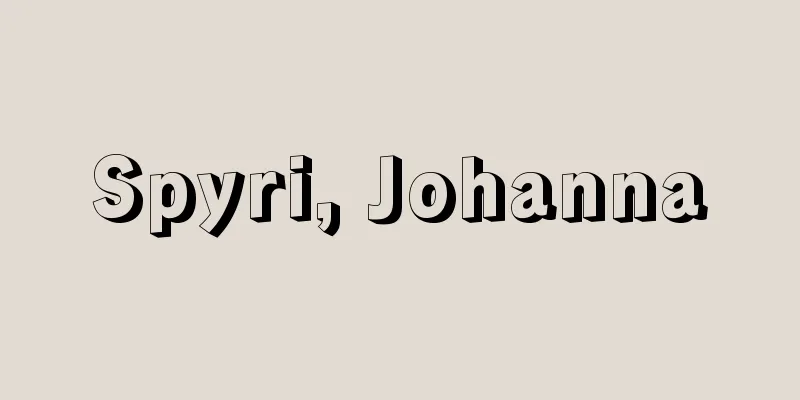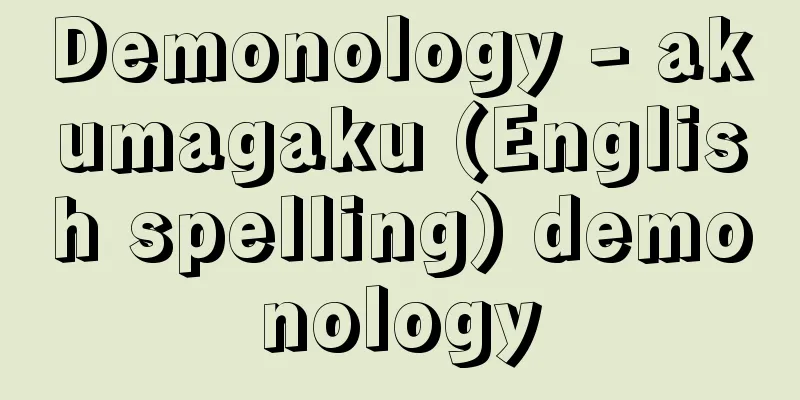Epilepsy - Seizures

|
A chronic brain disease. Its main symptoms are paroxysmal loss of consciousness and convulsions caused by excessive neuronal firing in the brain (WHO definition, 1973). It is classified into true (idiopathic) epilepsy of unknown cause and symptomatic epilepsy caused by brain damage at birth, brain tumors, trauma, arteriosclerosis, and other brain diseases. Symptoms are generally divided into three types: grand mal, petit mal, and psychomotor. Grand mal seizures are characterized by sudden loss of consciousness and generalized muscular rigidity, followed by clonic convulsions. The convulsions disappear within a few minutes, and consciousness gradually returns, but the patient may also fall asleep. During a seizure, the patient is prone to falling and sustaining injuries, tongue bites, and urinary incontinence. Petit mal seizures are characterized by a very brief loss of consciousness, with no generalized convulsions. Psychomotor seizures are paroxysmal mental abnormalities such as delirium, which can last for hours or even days and can include impaired consciousness, anxiety, delusions, and agitation. Epilepsy is chronic and generally has a poor prognosis. Electroencephalography is important for diagnosis. Treatment involves symptomatic use of anticonvulsants such as phenobarbital, primidone, trimethadione, and valproic acid, depending on the type of seizure. This often prevents seizures from occurring. Causal therapy is used for symptomatic epilepsy. → Related topics Confusion | fainting | electroconvulsive therapy | magnetoencephalography | convulsions | phenobarbital | meprobamate | dizziness | stupor Source : Heibonsha Encyclopedia About MyPedia Information |
|
慢性脳疾患の一つ。脳の過剰なニューロン発射による発作的に出現する意識障害と痙攣(けいれん)を主症状とする疾患(WHOの定義,1973年)。原因不明の真性(特発性)癲癇と,出産時の脳損傷や,脳腫瘍(しゅよう),外傷,動脈硬化等の各種脳疾患などが原因の症状性癲癇に分類される。症状は一般に大発作,小発作,精神運動発作の3症型に分けられる。大発作では,突然の意識消失と全身の筋強直を呈し,次いで間代性痙攣が出現する。痙攣は数分以内に消失し,徐々に意識は回復するが,そのまま睡眠に移行することもある。発作中は倒れて外傷を受けたり,舌の咬傷(こうしょう),尿失禁などを起こしやすい。小発作は,ごく短時間の意識消失で,全身痙攣はない。精神運動発作はもうろう状態などの発作的精神的異常状態で,数時間,時に数日にわたる意識障害,不安,妄想(もうそう),興奮などを呈する。癲癇は慢性に経過し,一般に予後は不良。診断には脳波検査が重要。治療には,発作のタイプに応じてフェノバルビタール,プリミドン,トリメタジオン,バルプロ酸などの抗痙攣薬を対症的に用いる。これによって,発作を起こさなくてすむ例が多い。症状性癲癇には原因療法が行われる。 →関連項目錯乱|失神|電気ショック療法|脳磁図|ひきつけ|フェノバルビタール|メプロバメート|めまい|朦朧状態 出典 株式会社平凡社百科事典マイペディアについて 情報 |
<<: Crown of Thrones - Epilepsy
Recommend
Motor paralysis - Paralysis
〘 noun 〙 In medicine, a state in which the conscio...
Lead acetate paper - Sakusannamarishi
Test paper used to detect sulfide ions. It is a pi...
Lead Chamber Sulfuric Acid
…There are two oxidation methods: the nitric acid...
Tsetserlig (English spelling)
The center of Arkhangai Aimak in central Mongolia....
Pelletizing
…The finished granular material is called pellets...
Gonja
...a kingdom that appears to have been formed in ...
Hiromasa Ezoe
Born: June 12, 1936, Ehime [Died] February 8, 2013...
Calmette, LCA - Calmette
...Tuberculosis prevention vaccine. In 1921, Calm...
Hydrophilidae; water scavenger beetle
A general term for insects of the family Hydrophil...
false door
...In the royal tombs of Abydos, a simple mastaba...
Chile - Chile (English spelling)
A republic located on the southwest coast of Sout...
Tetsutaro Ariga - Thank you Tetsutaro
Born: April 1, 1899 in Osaka Died May 25, 1977. Pr...
Moromoriki -
(1) The diary of Nakahara Michimori, Daigeki (Gre...
The Beatles
British musical group active in the 1960s who help...
Flame Violet
...The flowers are beautiful and come in red, whi...









